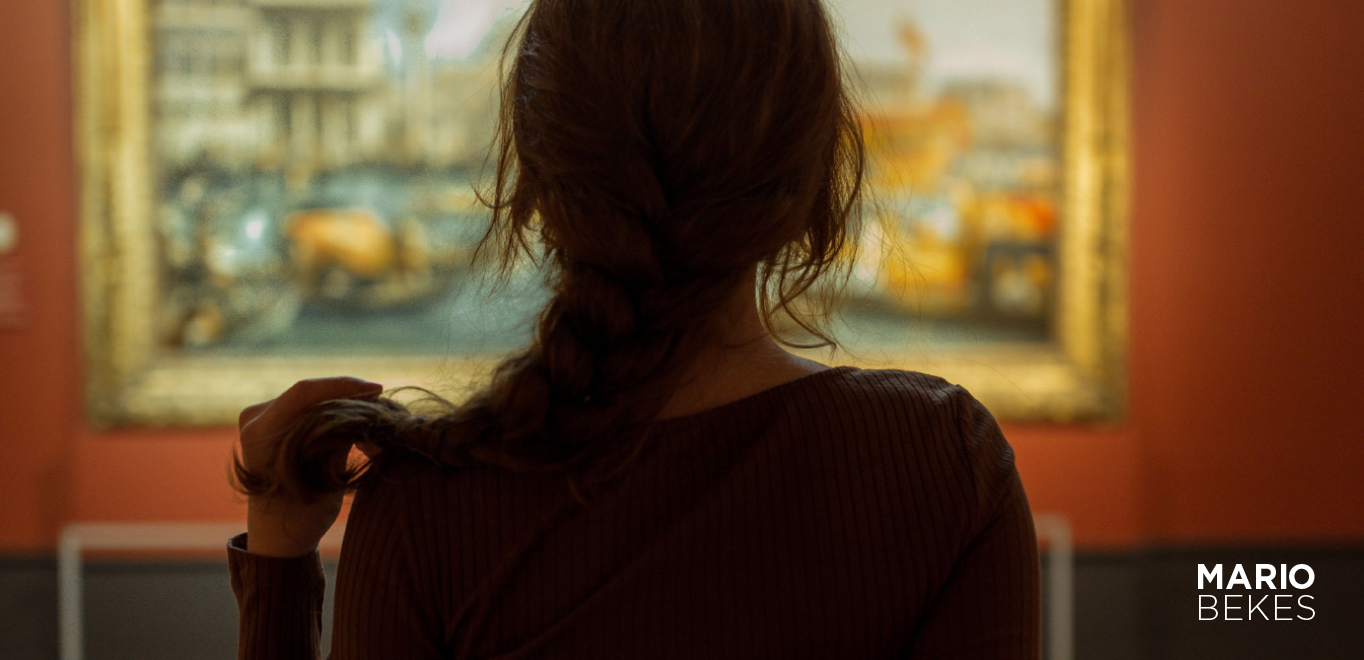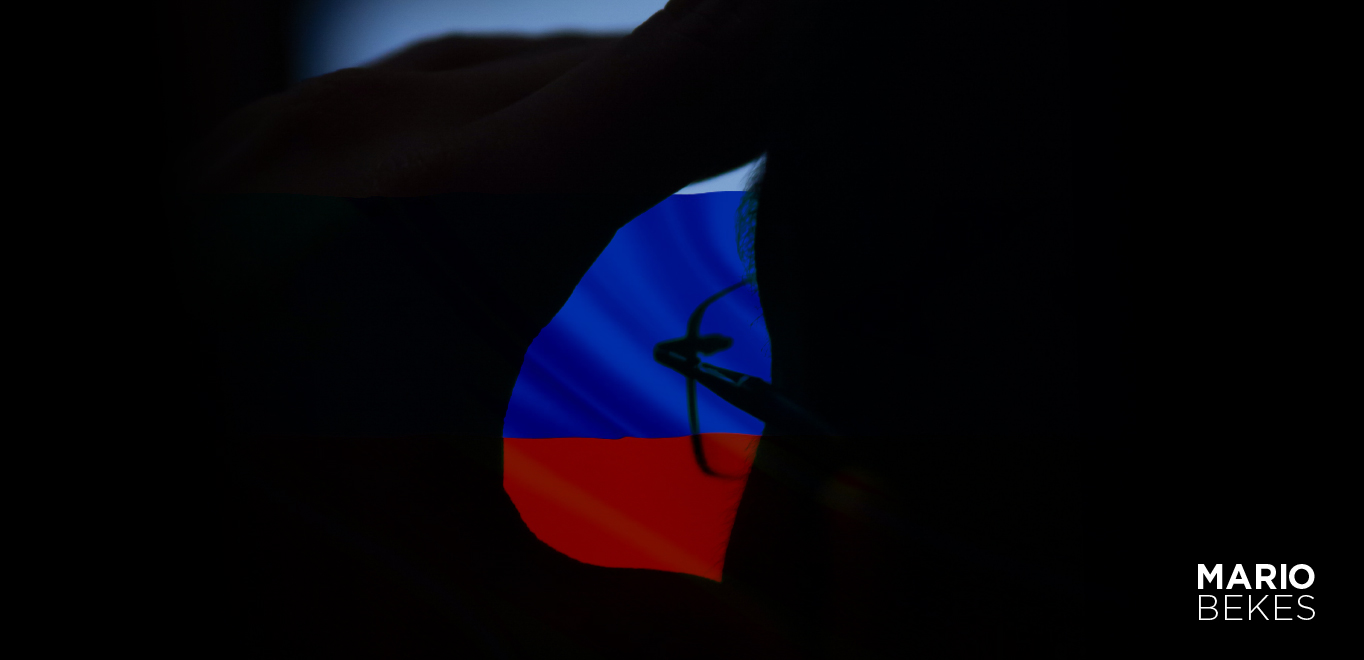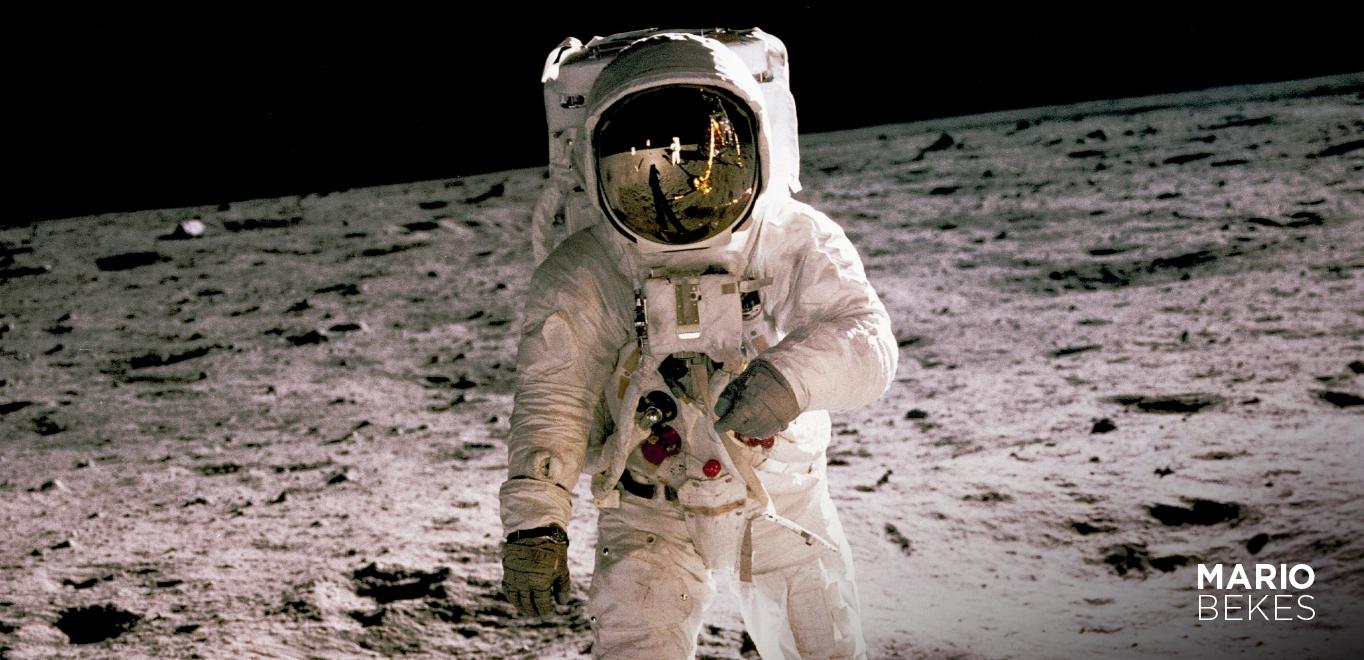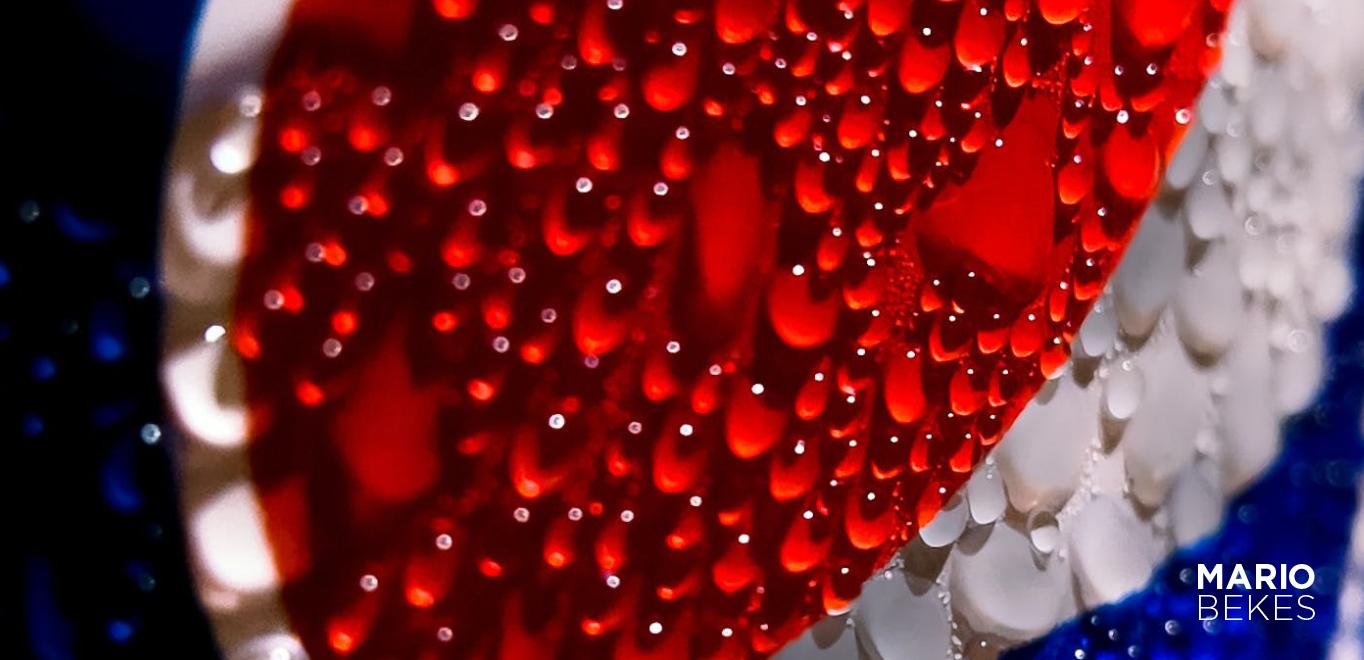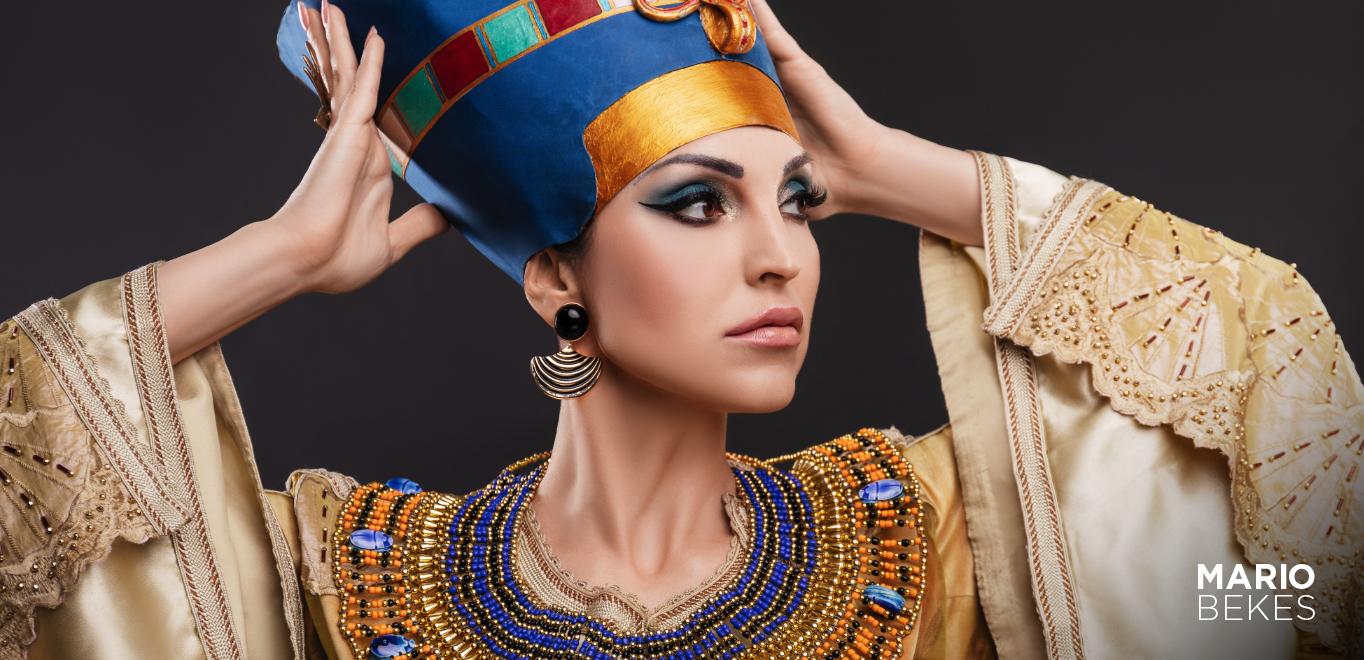Anna Sorokin “I lied, but I’m not a liar”
Have you ever heard of Anna Delvey, also known as Anna Sorokin?
If you watch Netflix, you’ve probably seen some proposals for the show Inventing Anna.
Have you double-checked?
We investigate, examine, and respond to what is true in the story of the con artist.
Who is Anna Sorokin, the phoney heiress?
What is the identity of Anna Sorokin/Anna Delvey, the con artist who infiltrated New York’s affluent circles and wallets and is the subject of the hit Netflix series?
She has been the subject of countless articles and podcasts, and her story has been adapted into the Netflix series ‘Project Anna’ (Inventing Anna).
But who is the imposter and conman convicted of fraud in 2019 after infiltrating Manhattan’s social elite?
A young Russian woman pretended to be a wealthy German heiress for four years, and no one questioned her story, therefore she is now considered as one of the most devious con artists.
From aspirant to con artist
Anna Delvey was born in Russia in 1991 as Anna Sorokin. Her father drove a truck, while her mother had a little shop and was a housewife. Her family moved to Germany when she was 16 years old.
Anna, who only spoke hazily about her childhood, revealed that she was separated from her “conservative” parents.
After high school, she came to London to attend Central Saint Martins.
She dropped out of school right away and landed an internship at the Parisian magazine Purple.
In Paris, she claimed to have photographed for Purple, a fashion, art, and culture magazine, under the moniker Anna Delvey. While she was there, her interest moved to painting.
She was financially dependent on her parents, who paid for her housing despite her monthly earnings of barely 400 euros.
After a split, she returned to New York in late summer 2013 for a trip to Montauk and then Fashion Week.
Although she had no intention of staying in New York permanently, she developed more friends there than in Paris and decided to stay.
She briefly worked in Purple’s New York office.
Soon after, she quit her job at the magazine and began spreading the story of the phoney To the Anna Delvey Foundation, which functions as both a private club and an art foundation.
This is when the ambitious Anna Delvey transformed into the con artist Anna Delvey.
She didn’t have much money or close friends, yet she stayed in luxury hotels and dressed in fashionable clothes.
Even her parents were oblivious of the kind of life she was leading because they sent her money every month for groceries and rent.
When she travelled on excursions and went out to clubs and restaurants, she would play to persuade someone else to pay or lend her money.
She moved from boutique hotel to boutique hotel, leaving $100 gratuities and postponing payments with fictitious wire transfers.
She hired a personal trainer, scheduled expensive dinners, and wore Yves Saint Laurent and Gucci.
She also began selling A.D.F., her concept for a private club with exclusive memberships and rotating creative displays.
She gained access to hotelier André Balazs, entrepreneur Roo Rogers of the United Kingdom, and real estate developer Aby Rosen.
Anna dedicated her life to her art foundation, which she defined as “a dynamic visual arts centre dedicated to contemporary art.”
She planned to lease the historic Mission host on Park Avenue South and 22nd Street to house a nightclub, bar, art gallery, studio space, cafes, and a members-only club.
To be honest, as I read about Anna and encountered ambitious, well-to-do people with big goals in the course of my business, my genuine enthusiasm was barely matched by reasoned scepticism. However.
What did she do to become so well-known?
Sorokin began a series of frauds on New York’s elite after moving to the city in 2013. She pretended to be a wealthy heiress from Germany and defrauded numerous people, hotels, and banks by claiming to be wealthier than she was.
For years, she got away with not paying her restaurant and hotel bills on time by issuing forged checks or fabricating bank statements.
She stayed at various hotels until February 2017, most recently at the 11 Howard Hotel in Soho, where she was well-known among the staff for her generous gratuities.
She even made pals with a hotel employee. However, after a few months, hotel management noticed that Sorokin did not have a credit card, so they asked her to pay the bill, which was over $30,000 at the time, and she was forced out.
Sorokin also conned a well-known Chinese art collector, Michael Xufu Huang, into paying for her airfare and accommodations during the Venice Biennale.
Even after he pressed her, she dragged him, and she eventually paid him with an unknown account.
The journey to Morocco, however, is the most well-known of her deceptions. She invited friends, including Rachel DeLoache Williams, the picture editor of Vanity Fair magazine at the time, on a trip to Marrakech in May 2017, claiming she would cover all expenses.
They were staying at the opulent five-star La Mamounia resort, and hotel staff told them they couldn’t charge her cards, so they requested another method of payment to meet the $62,000 cost.
Sorokin persuaded Williams to settle the loan by offering to reimburse her through wire transfer.
Williams kept paying bills for the rest of her vacation, convinced that Sorokin would recompense her. However, when they returned to New York, Williams still didn’t get it.
On her way back from Morocco, Sorokin stayed at the Beekman Hotel, again without a credit card. She received a $11,500 debt within a few weeks and was evicted for failing to pay it. She then proceeded to the W Hotel, where she was kicked out after only two days.
The Beekman and W hotels eventually accused Sorokin with service theft. Simultaneously, she was being investigated independently by the Manhattan District Attorney’s Office for bank fraud, in which she embezzled around $275,000.
How was she apprehended?
Sorokin was arrested in October 2017 while in recovery at Passages Malibu, a Los Angeles addiction treatment clinic, as part of a Manhattan District Attorney’s investigation supported by her former acquaintance Rachel Williams.
Rachel published a memoir titled ‘My friend Anna: the true story of a phoney heiress’ in 2019 in which she discussed her relationship with Sorokin and, of course, compensated with money.
What was the court’s ruling?
After two days of deliberation, Sorokin was found guilty on eight of ten counts, including second-degree grand larceny, attempted grand larceny, and theft of services.
She was sentenced to four to twelve years in state jail, a $24,000 fine, and damages of $199,000 in May. The jail identity number #19G0336 was allocated to her.
What happened to Anna Delvey these days?
Following her trial, Sorokin was brought to Bedford Hills Correctional Facility before being transferred to Albion Correctional Facility in New York. She was released from prison in early February 2021 and immediately returned to Instagram.
However, she was detained by US Immigration and Customs Enforcement in March for overstaying her visa.
According to Bloomberg, Sorokin has been cleared for release from the US Immigration and Customs Enforcement (ICE) facility in Orange County, New York, on October 5, 2022.
According to Bloomberg, as a condition of her release, she had to post a $10,000 bond and was forbidden from social media, where she routinely sent photographs to her friends and possible investors showing off her allegedly affluent lifestyle.
She is currently being kept in the East Village of New York under house arrest.
In an interview, Ana claimed, “I never complained about a lot of things.” I assumed that others were just interested in witnessing how miserable I was from the start of my time in a New York prison.”
Anna was supposedly paid $320,000 by Netflix to tell her experience in the series. She utilised the funds to pay off 199,000 in bank debt and 24,000 in state fines.
When I think about Anna, I imagine she was certain that either her plans would succeed or they would all fail. And now that we’re out of the way, I see what she meant.
It was a magic trick, and her circle served as both props and audience.
Anna had huge and beautiful fantasies about New York, like one of those endless evenings.
The bill then arrives in the morning.
